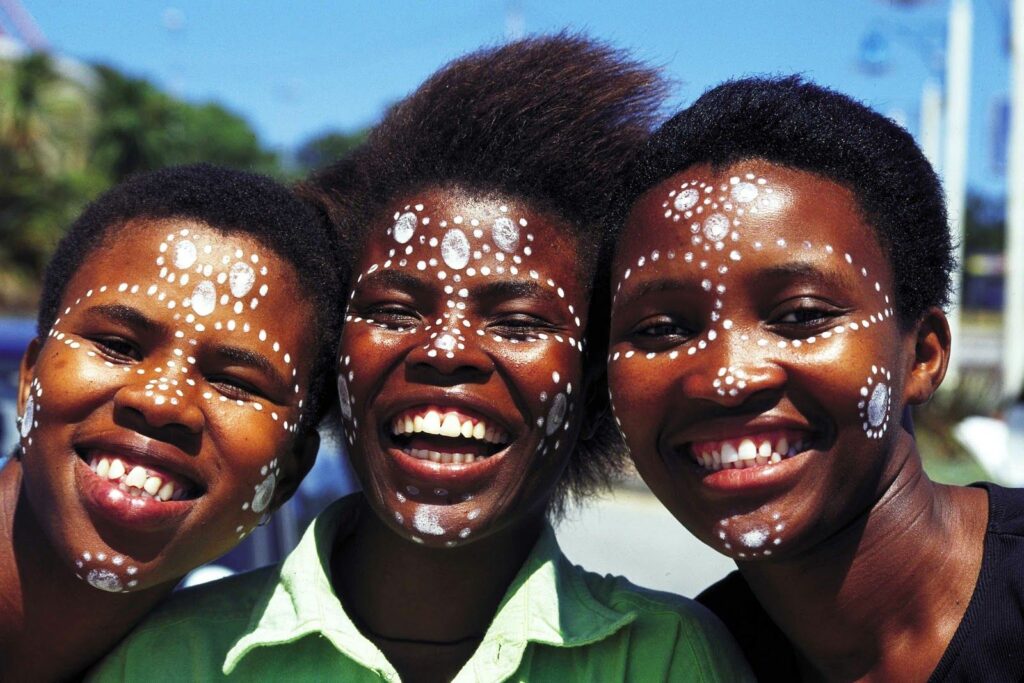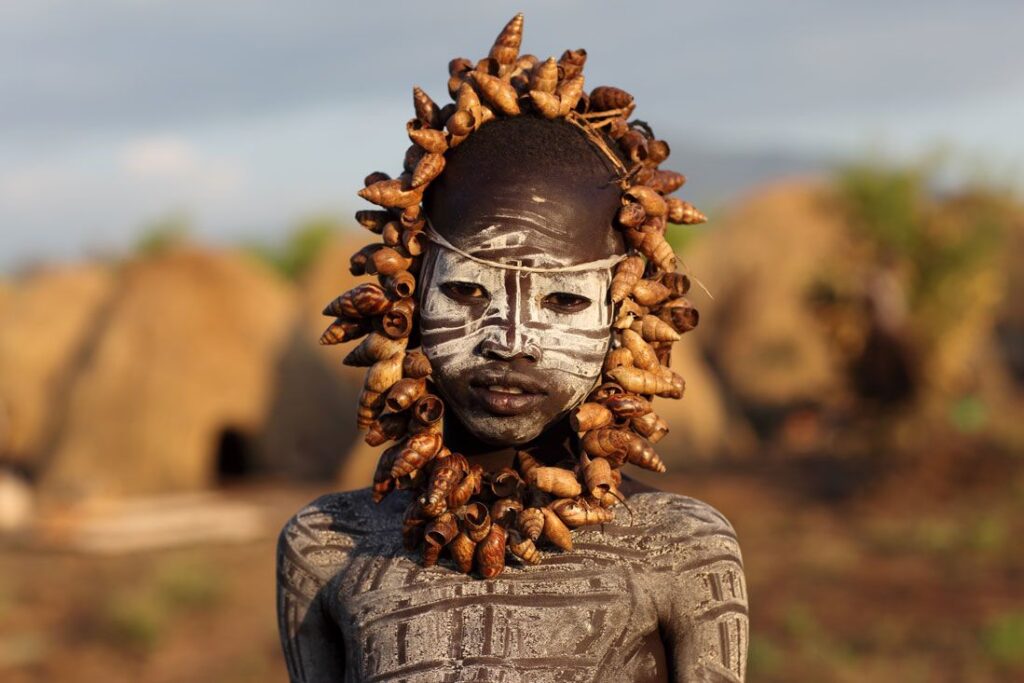
The vibrant continent of Africa is a melting pot of diverse cultures, each with its unique customs, traditions, and art forms. Among the many forms of artistic expression, face painting stands out as a captivating and ancient tradition that continues to thrive in various African societies. From tribal rituals to festive celebrations, face painting holds profound cultural significance and remains an enduring symbol of identity and community.
Face painting in Africa dates back centuries, with roots deeply embedded in the continent’s history. It serves as a visual language, conveying messages, stories, and identity markers. Different tribes and communities employ distinct styles and patterns, with colors and symbols representing various aspects of life, such as age, status, marital status, spiritual beliefs, and social standing.
Each color used in African face painting carries symbolic meanings unique to the community or occasion. For instance:
- White: Often symbolizes purity, light, and peace. It can be used during weddings, initiations, or coming-of-age ceremonies.
- Red: Symbolizes vitality, power, and passion. It is commonly used during rites of passage or to mark important life events.
- Blue: Represents spirituality, healing, and protection. It is commonly seen in rituals and ceremonies seeking divine intervention.
- Black: Symbolizes strength, wisdom, and endurance. It is often used in initiation rituals to denote maturity and transformation.
Face painting takes center stage during various festivities and rites of passage across Africa. Some notable occasions include:
- Initiation Rites: Young people transitioning into adulthood undergo intricate face painting rituals, which can vary significantly from one tribe to another. These ceremonies are considered crucial for cultural preservation and identity.
- Harvest Celebrations: Many African societies celebrate the bountiful harvest season with colorful face paintings, expressing gratitude to the gods for their abundance.
- Dances and Festivals: Vibrant face paintings are integral to African dance performances and traditional festivals. The patterns and colors often reflect the joyous spirit of these events.
While face painting remains deeply ingrained in African culture, it faces challenges in the modern world. Globalization, urbanization, and changing lifestyles have led some communities to move away from their traditional practices. However, there are ongoing efforts to revive and preserve this ancient art form. Cultural organizations, educational institutions, and community elders collaborate to ensure the knowledge and techniques of face painting are passed down to the younger generations.

In recent times, African face painting has also found its way into modern contexts, blending tradition with contemporary art. Many African artists are incorporating traditional face painting styles into their creations, using it as a medium to explore themes of identity, culture, and social issues. Furthermore, face painting has gained popularity at international events and festivals, providing a platform for Africans to share their cultural heritage with the world.
The tradition of face painting in Africa remains a captivating tapestry, intricately woven with historical, cultural, and social threads. As the continent continues to evolve, the art form adapts, ensuring its relevance and continuity for generations to come. Through the vibrant hues and intricate patterns, face painting will continue to narrate the stories of Africa’s diverse cultures, making it an indispensable part of the continent’s rich heritage.
